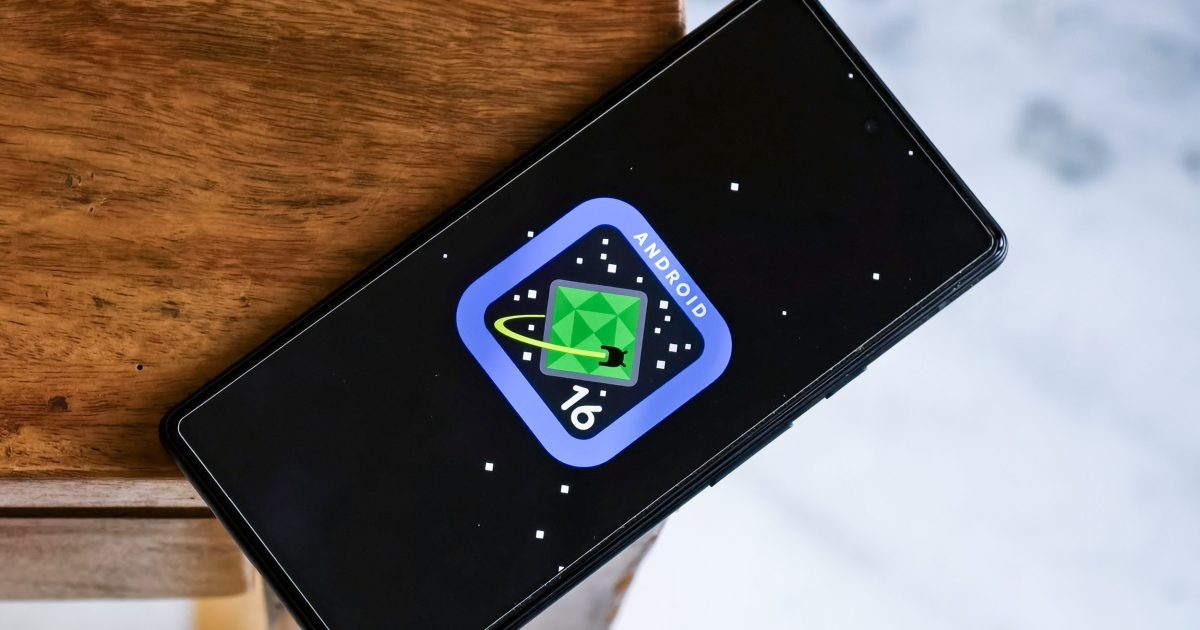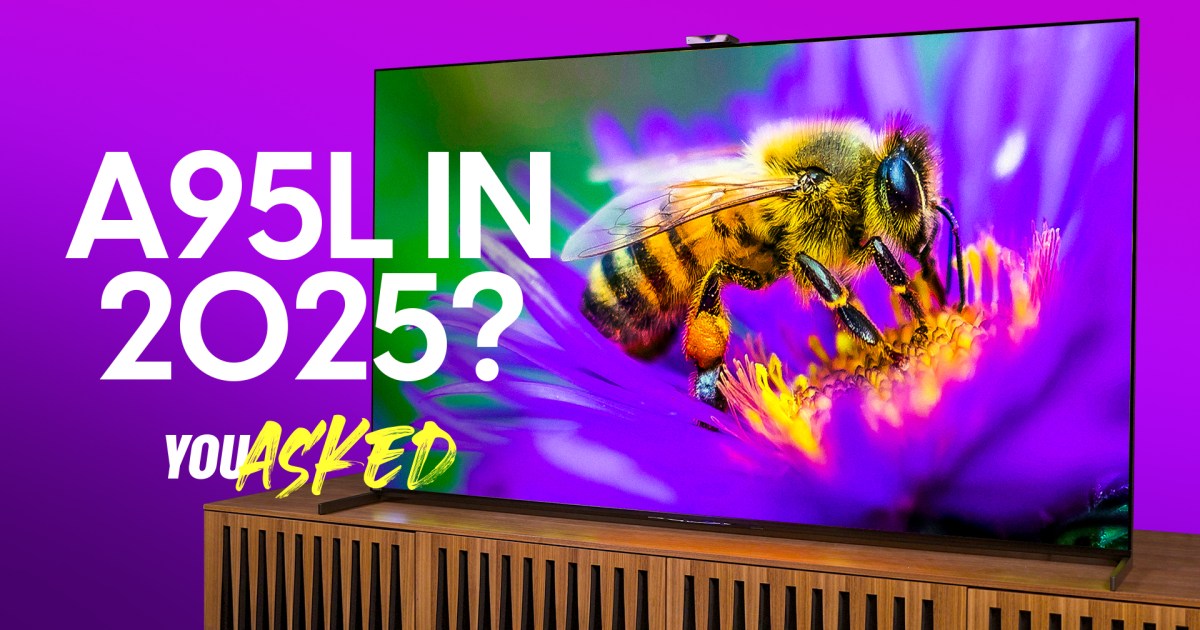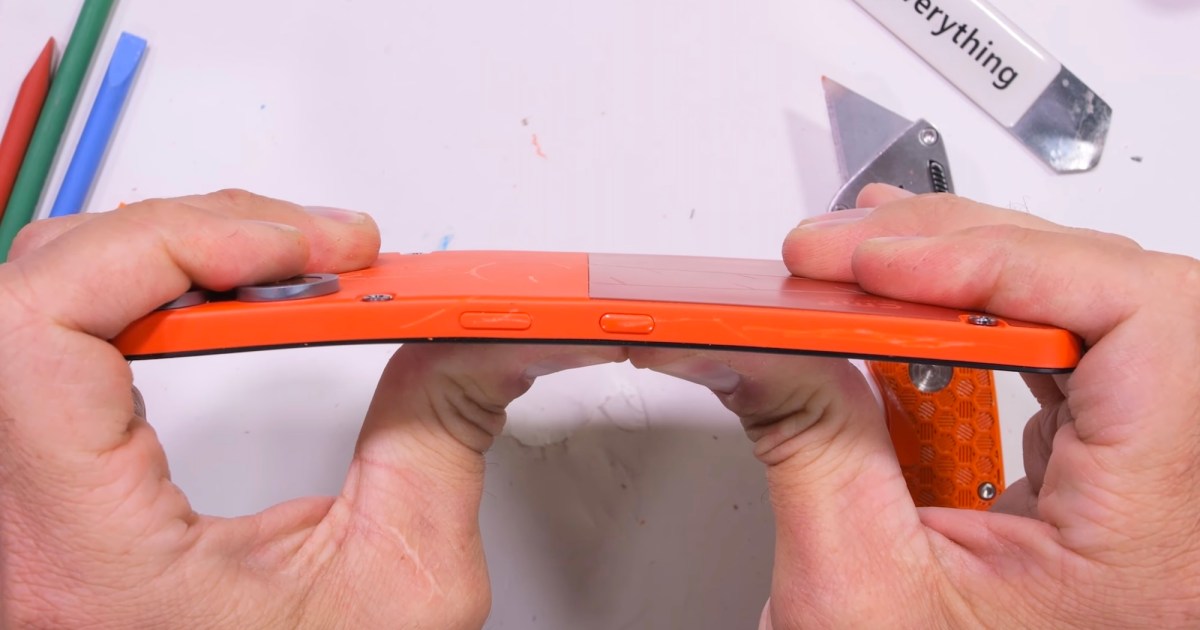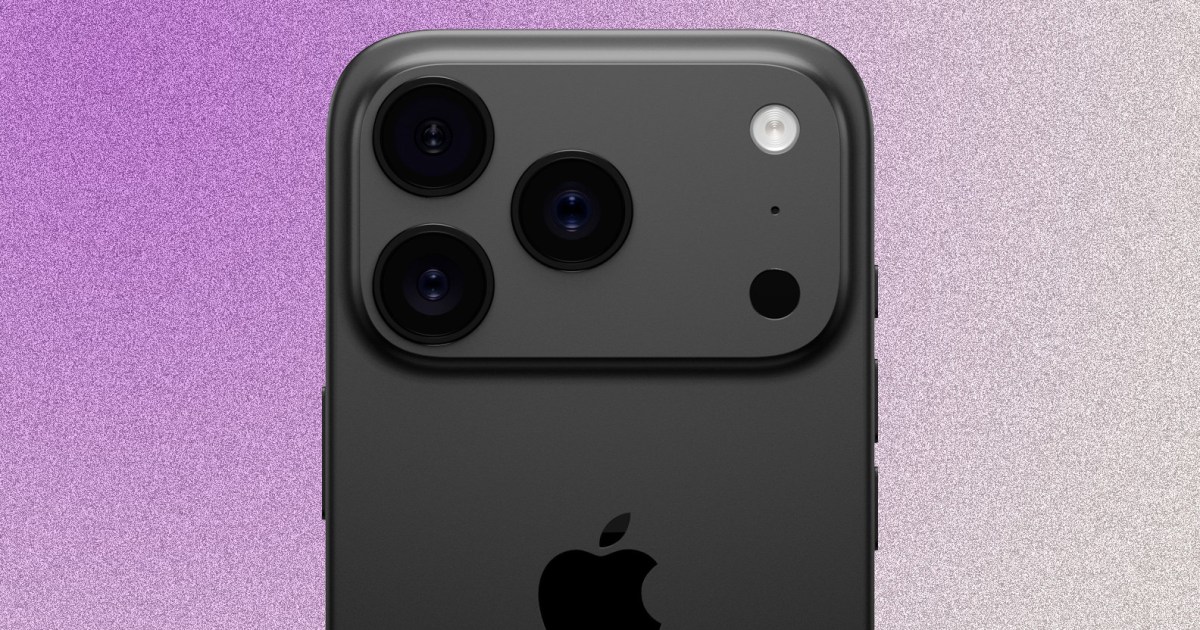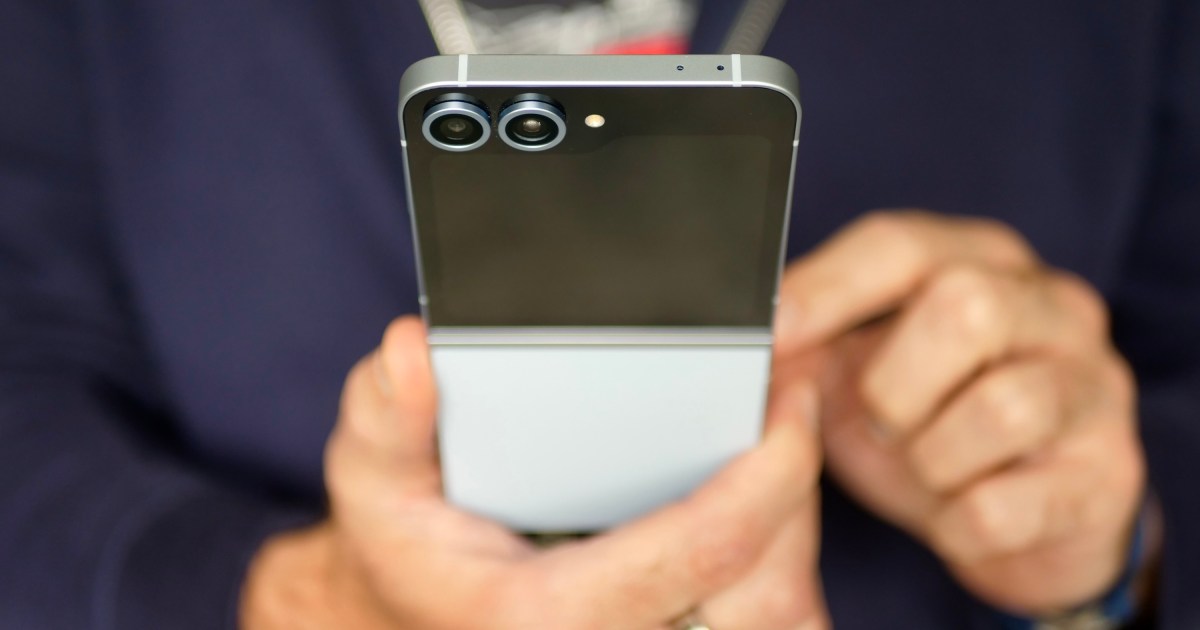Android 16 is on the horizon, with a stable release anticipated before the end of Q2 2025. As Google’s software developers gear up to unveil the latest iteration at Google I/O 2025, excitement builds for the new features and returning functionalities it promises. Let’s journey through Android’s evolution, from its T-Mobile exclusive origins to its current AI-powered presence on devices like the Google Pixel 9 and Samsung Galaxy S25.
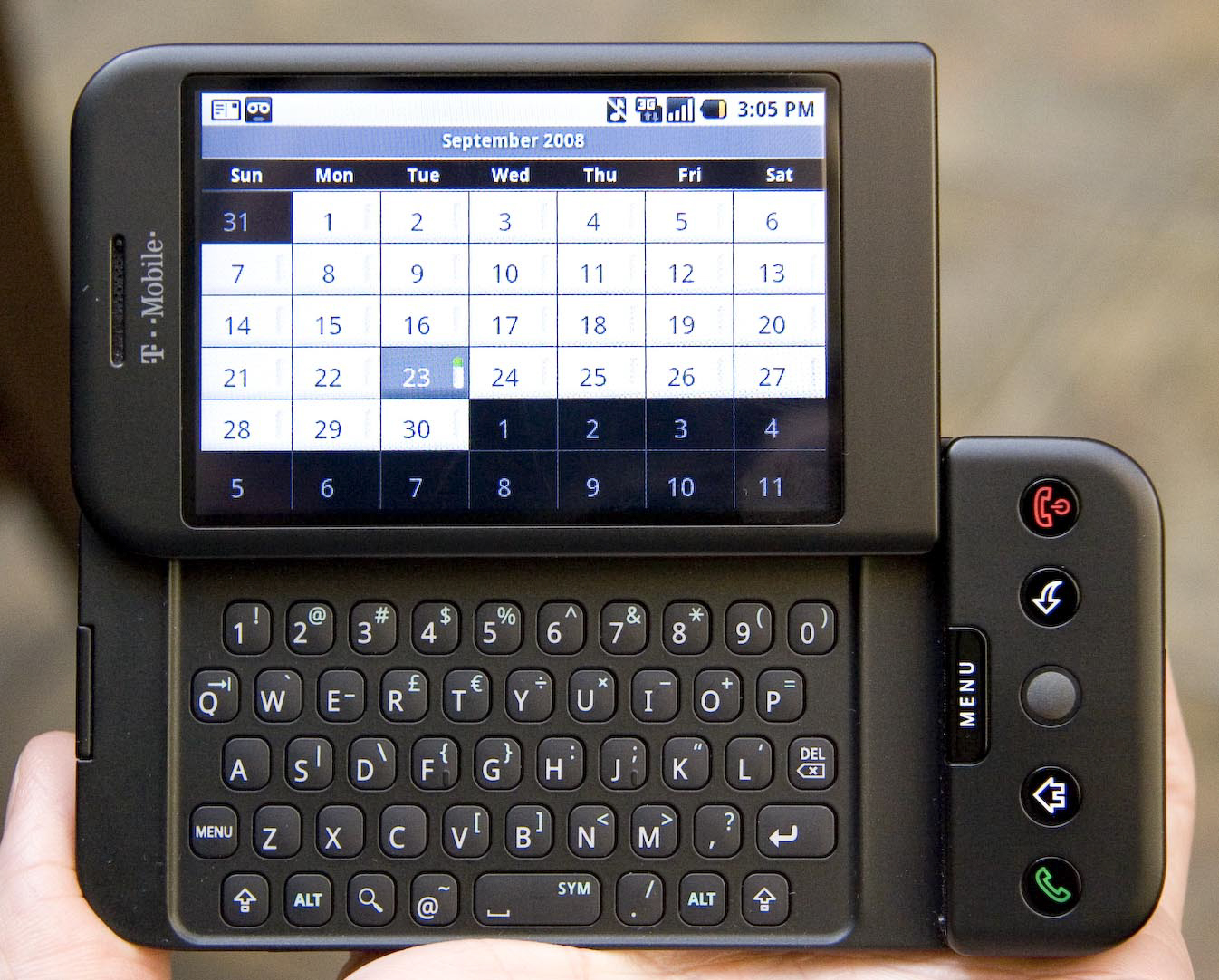 HTC G1 T-Mobile Dream First android
HTC G1 T-Mobile Dream First android
The Early Days: Android 1.0 – Gingerbread
Android’s debut on September 23, 2008, with the T-Mobile G1 (HTC Dream), introduced the world to a mobile OS integrated with Google apps like Gmail, Maps, Calendar, and YouTube. Android 1.0 allowed for app grouping and data syncing via Google Sync.
Android 1.5 Cupcake, launched in early 2009, brought the playful dessert-themed naming convention. Cupcake introduced home screen widgets, stereo Bluetooth support, and video uploads to YouTube. The physical keyboard began to phase out in favor of on-screen alternatives.
Android 1.6 Donut, released on September 15, 2009, improved search functionality, allowing developers to integrate app content into Android Market (later Google Play Store) results. Donut also expanded screen size and resolution compatibility and added CDMA support.
Android 2.0/2.1 Eclair, launched on the Motorola Droid, directly challenged the iPhone. Eclair offered voice-guided navigation, real-time traffic, speech-to-text, live wallpapers, and pinch-to-zoom.
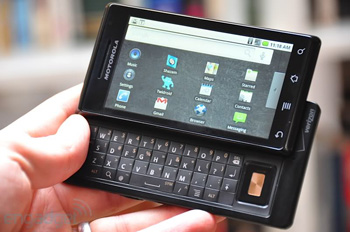 Motorola Droid.
Motorola Droid.
Android 2.2 Froyo, released in May 2010, focused on performance enhancements, including speed and memory improvements. Froyo introduced USB tethering, hotspot functionality, the standard bottom dock, and Adobe Flash support.
Android 2.3 Gingerbread, released on December 6, 2010, on the Nexus S, featured a distinct black and green UI, improved navigation, and introduced Near Field Communication (NFC) support.
Tablets and Design Evolution: Honeycomb – KitKat
Android 3.0 Honeycomb, a tablet-exclusive update released in February 2011 on the Motorola Xoom, featured a holographic honeycomb theme and a black and blue color scheme. It introduced a Recent Apps view and customizable home screens.
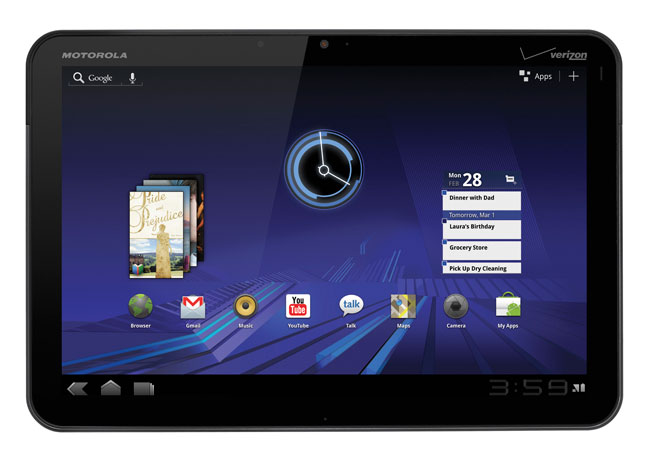 Motorola Xoom G1
Motorola Xoom G1
Android 4.0 Ice Cream Sandwich (ICS), launched on the Samsung Galaxy Nexus on December 16, 2011, introduced the “Holo” design language and the Roboto typeface. ICS simplified notification and app management, added NFC content sharing, integrated social media into contacts, and enabled lock screen camera and music control.
Android 4.1-4.3 Jelly Bean, released between July 2012 and July 2013, prioritized smoother performance and responsiveness. It introduced expandable and actionable notifications, lock screen widgets, and quick camera access.
Android 4.4 KitKat, released on October 31, 2013, shifted to lighter backgrounds, a translucent Google search bar with “Ok, Google” support, and a dedicated Google Now panel.
Modern Android: Lollipop – Android 9
Android 5.0 Lollipop, released November 4, 2014, marked a significant shift with Material Design and Android Runtime (ART). Lollipop introduced the ripple effect, card-style recent apps, and lock screen notifications, but removed lock screen widget customization.
 Android Lollipop Usage
Android Lollipop Usage
Android 6.0 Marshmallow (2015) introduced opt-in permissions, Now On Tap for context-sensitive search, native fingerprint recognition, and USB-C support.
Android 7.0 Nougat (2016) brought split-screen mode, a “Clear All” button for recent apps, picture-in-picture for Android TV, and Google Assistant.
Android 8.0 Oreo (2017) added native picture-in-picture for video, downloadable fonts, notification channels, notification snoozing, Project Treble for faster updates, and Android Go for budget phones.
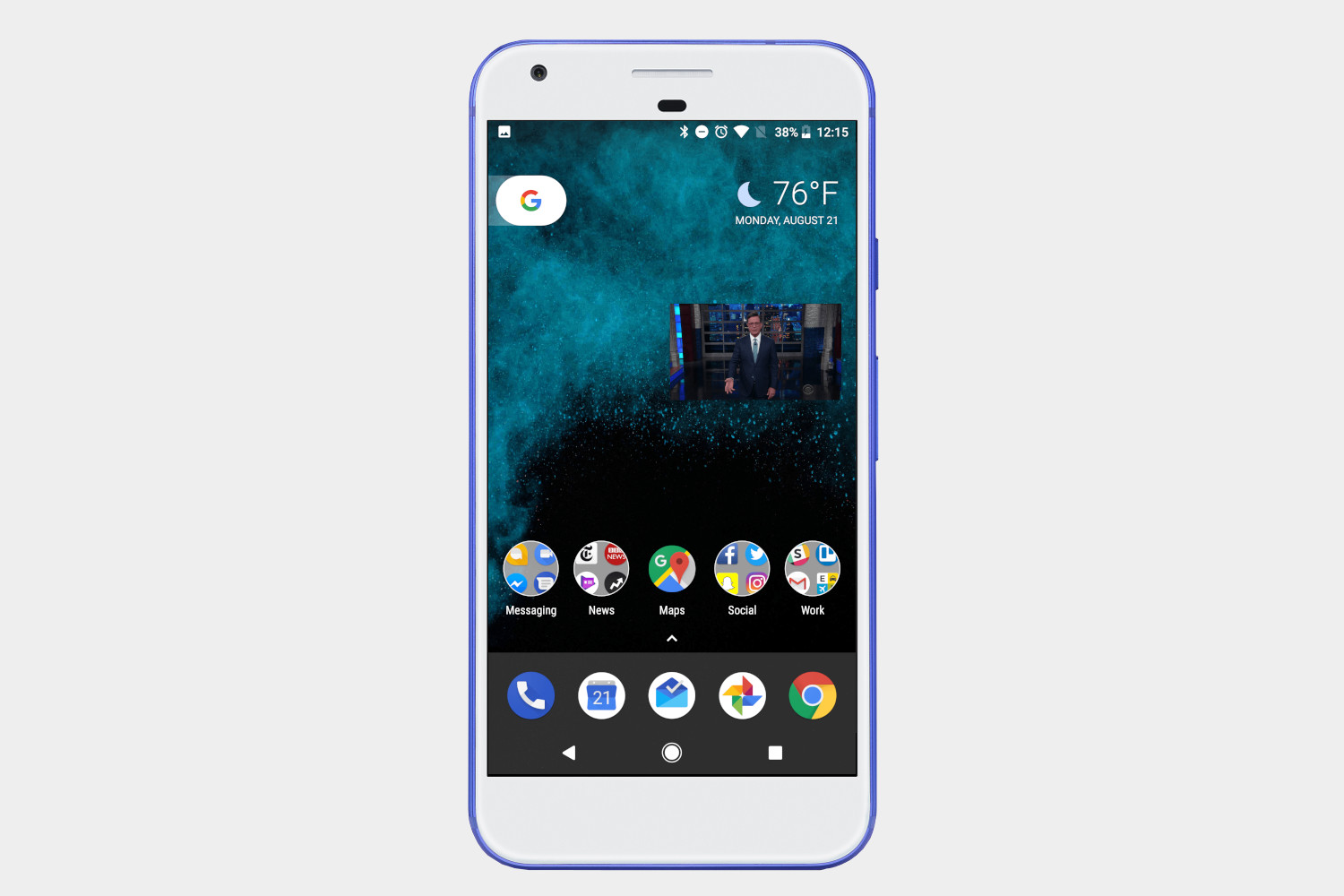 Android Oreo
Android Oreo
Android 9 Pie (2018) implemented gesture-based navigation and introduced Digital Wellbeing for monitoring app usage and screen time.
The Numbered Era: Android 10 – Present
Android 10 (2019) dropped the dessert-themed names and refined the gesture navigation, added enhanced privacy permissions, a system-wide dark theme, and live captioning.
Android 11 (2020) focused on privacy and security with one-time permissions for location, camera, and microphone, and introduced a built-in screen recorder.
Android 12 (2021) introduced Material You for dynamic color theming, a Privacy Dashboard for data usage overview, and improved accessibility features.
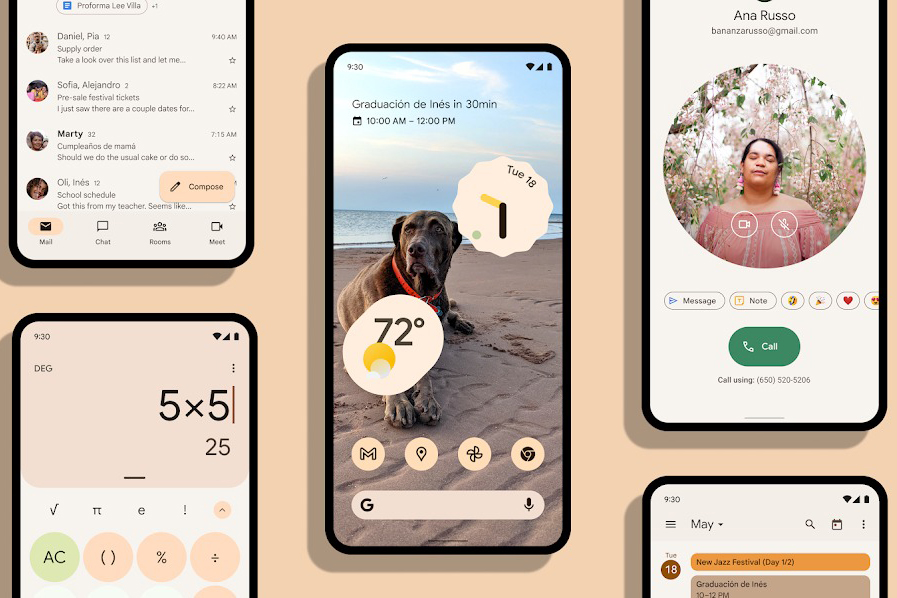 Android 12
Android 12
Android 13 (2022) added a QR code scanner in Quick Settings, enhanced the clipboard, redesigned the music player, and required app notification permissions.
Android 14 (2023) increased maximum font size to 200%, expanded Material You to the lock screen, introduced drag-and-drop text functionality, and enhanced location permission requests.
Android 15 (2024) introduced Private Space for secure app storage, Theft Protection Lock, and app pairing for tablets and foldables.
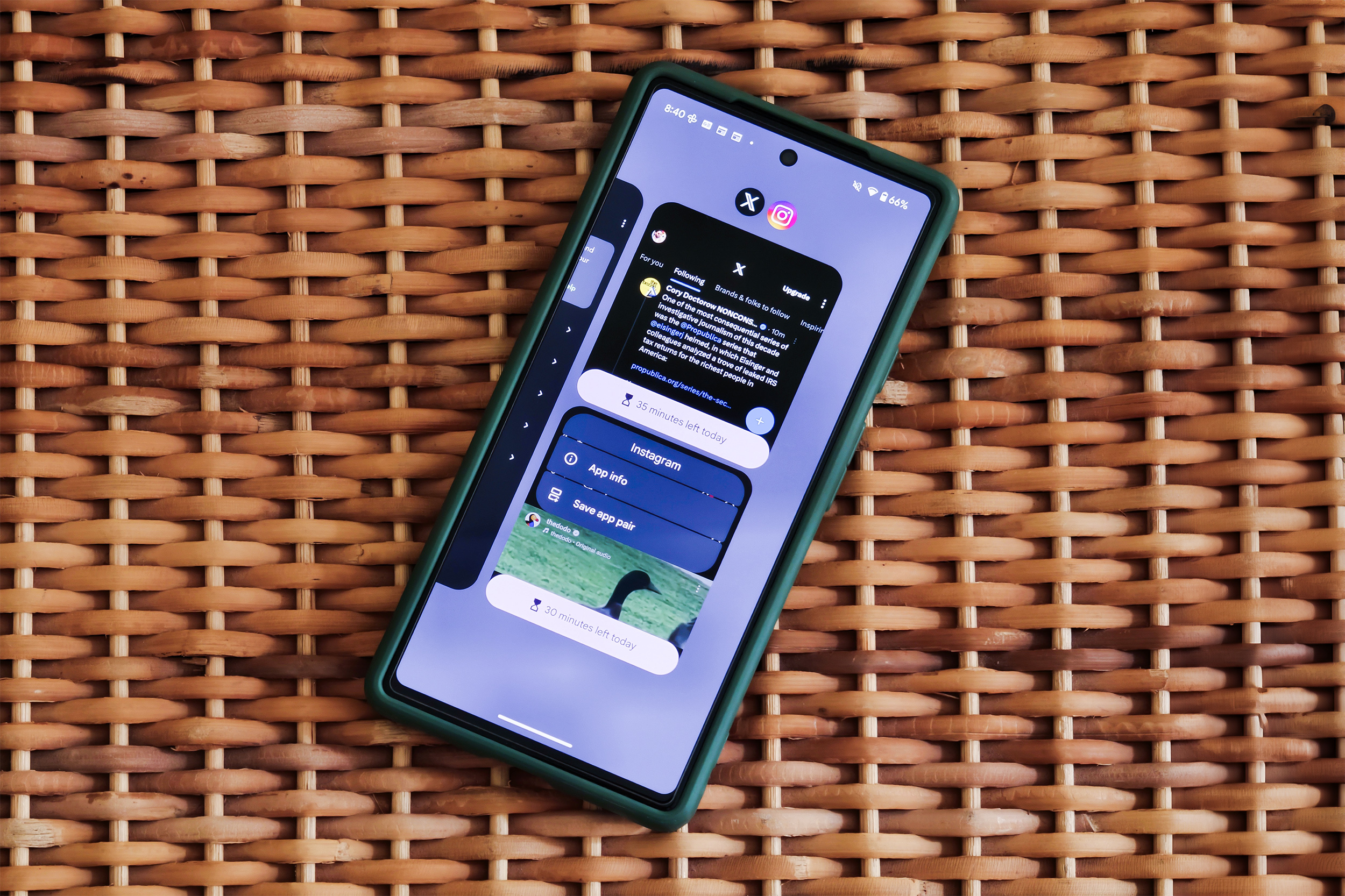 App Pairs on Android 15.
App Pairs on Android 15.
The Future: Android 16 and Beyond
Android 16 is expected to revamp Material You with Material 3 Expressive, bring back lock screen widgets, and introduce Auracast Bluetooth support. With the integration of AI programs like Google Gemini, Android continues to evolve, enhancing user productivity, creativity, and overall experience. The future of Android promises further innovation and a continued focus on user needs.



